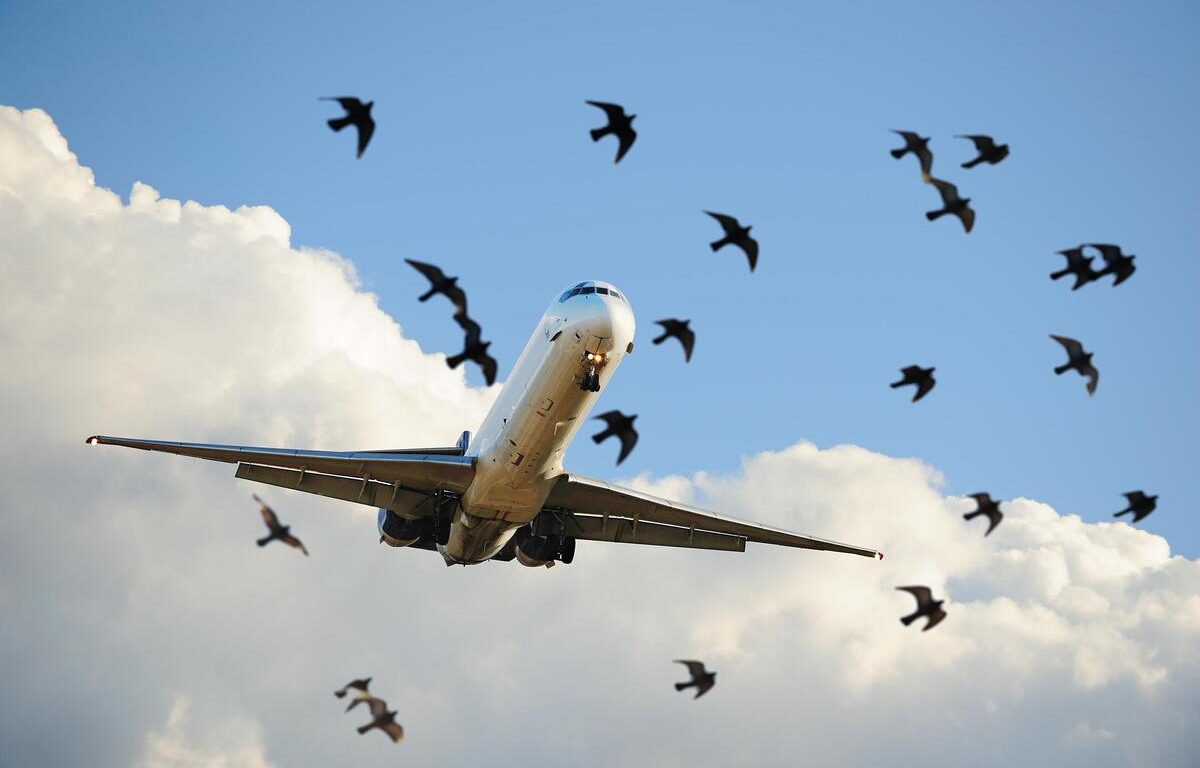- The FAA is researching the use of UV lights to prevent bird strikes
- UV lights alert birds to aircraft presence and encourage them to fly away from danger

Bird strikes pose a significant hazard to aircraft, causing billions of dollars in damages each year and sometimes even resulting in fatalities. The Federal Aviation Administration (FAA) is continuously exploring new ways to prevent bird strikes, and one of the latest technologies being researched is the use of UV lights.
Traditionally, pilots have been trained to avoid birds by maneuvering around them or taking other evasive actions. However, this new technology takes a different approach by using UV lights to alert birds to the presence of aircraft and encourage them to fly away from the danger.
The FAA is conducting research to determine the effectiveness of this new approach, and early results are promising. In one study, researchers found that UV lights placed on the wings of aircraft reduced bird strikes by up to 50%. The lights work by emitting ultraviolet radiation, which birds can see but humans cannot.
Birds have a unique visual system that allows them to see ultraviolet light. The use of UV lights on aircraft takes advantage of this fact, allowing pilots to warn birds of their presence without relying on traditional methods like loud noises or visual signals.
The FAA’s research into UV lights as a bird strike prevention method is a significant development in aviation safety. If the technology proves effective, it could lead to a reduction in the number of bird strikes and the resulting damage and injuries.

